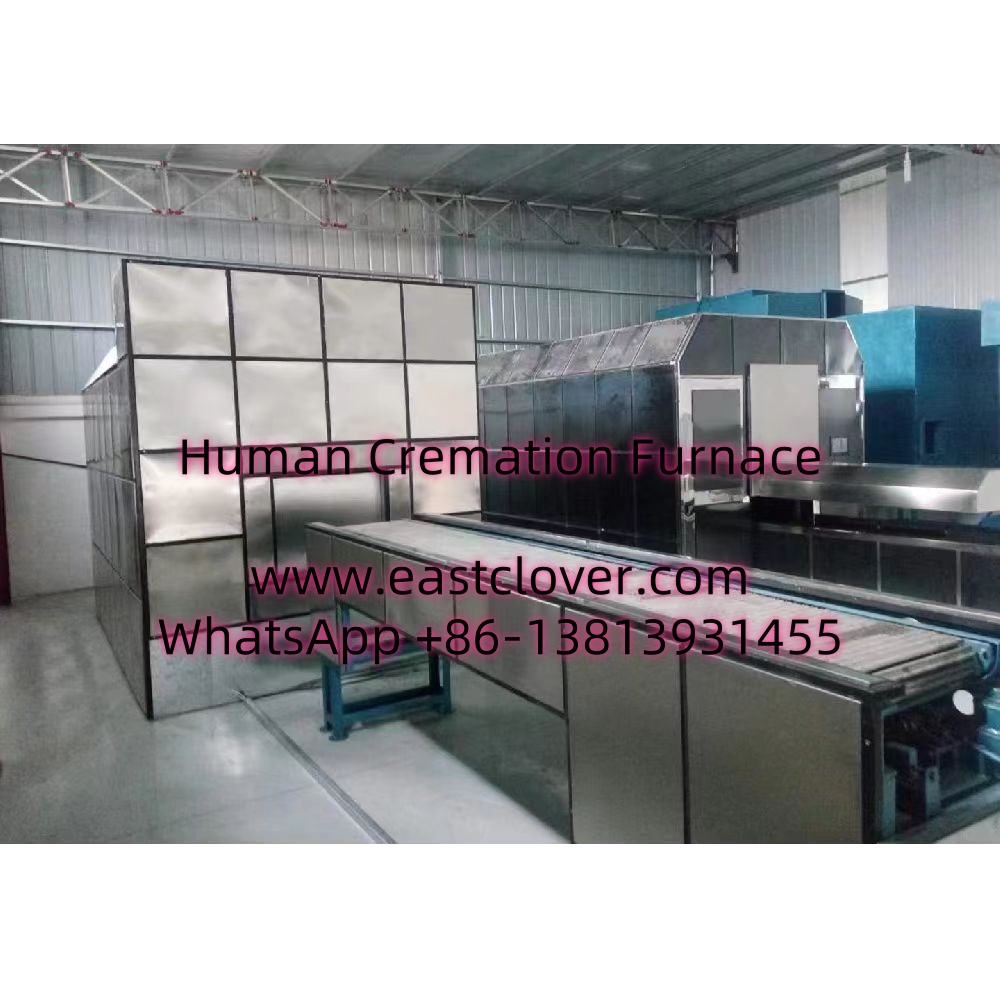Introduction
Nairobi, Kenya’s bustling capital, faces a pressing challenge: the rapid depletion of burial space. With exponential population growth and urbanization, traditional burial practices have become unsustainable. In response, innovators are turning to technology-driven solutions like mobile container human cremation furnaces, a novel approach to managing the dead while conserving land. This news explores how mobile cremation is addressing Nairobi’s burial space crisis, its technological underpinnings, societal implications, and potential for scalability.
The Challenge of Burial Space in Nairobi
Nairobi’s population has surged past 4.7 million, growing at an annual rate of 4%. Yet, its cemeteries, such as Lang’ata and Kariokor, are nearing capacity. Lang’ata, the city’s largest public cemetery, allocates 4,000 burial plots annually but struggles to meet demand. Traditional burial practices, deeply rooted in Kenyan culture, exacerbate the crisis, as families reserve land for gravesites. This strain has prompted desperate measures, including unregulated burials in public spaces and the resale of graves at exorbitant prices.
Mobile Cremation: A Tech-Driven Innovation
Mobile container cremation furnaces are repurposed shipping containers equipped with advanced incineration systems. These modular units can be transported to hospitals, morgues, or disaster sites, offering on-demand cremation services. Key features include:
- Portability: Units are easily relocated to areas with urgent demand.
- Efficiency: Temperature-controlled chambers reduce energy use and emissions.
- Environmental Safety: Integrated filters minimize particulate matter and toxic gases.
- Cost-Effectiveness: Lower operational costs compared to traditional crematoriums.
Adoption in Nairobi
In 2022, Nairobi County piloted its first mobile cremation unit at the Kenyatta National Hospital morgue. The system, powered by liquefied petroleum gas (LPG), processes 4–6 bodies daily, reducing pressure on overcrowded mortuaries. Private firms like Eco-Farewell Solutions have also entered the market, offering pay-per-use services priced 30% below conventional burials.
Cultural and Religious Considerations
Kenya’s diverse religious landscape poses challenges for cremation adoption. While Hindus and Buddhists widely accept it, Christian and Muslim communities often prefer burial. To address this, Nairobi’s government has launched awareness campaigns emphasizing cremation’s practicality and environmental benefits. Interfaith dialogues have also encouraged acceptance, with leaders highlighting scriptural flexibility. For instance, the Anglican Church of Kenya now permits cremation, provided ashes are treated respectfully.
Sustainability and Environmental Impact
Mobile cremation furnaces use up to 40% less energy than fixed facilities. Advanced scrubbers capture 90% of emissions, aligning with Kenya’s Climate Change Act (2016) goals. By contrast, traditional burials involve formaldehyde-based embalming, which contaminates groundwater, and casket production, which contributes to deforestation. Cremation also prevents land degradation, a critical concern in Nairobi’s peri-urban zones.
Challenges and Controversies
Despite its benefits, mobile cremation faces resistance. Critics argue that it undermines cultural heritage, while others express concerns about air pollution. To mitigate pushback, operators conduct community demonstrations to showcase emission controls. Legal hurdles, such as outdated public health laws, also slow adoption. However, proposed amendments to the Cremation Act aim to streamline permits and safety standards.
The Future of Mobile Cremation in Kenya
Nairobi’s mobile cremation model has attracted interest from Nakuru, Mombasa, and Kisumu counties. Innovations like solar-powered units and AI-driven emission monitoring are under development. Partnerships with NGOs could subsidize costs for low-income families, democratizing access. As urbanization intensifies, such tech-driven solutions may redefine mortuary practices across Africa.
www.southclover.com
Mobile container cremation furnaces represent a pragmatic response to Nairobi’s burial space crisis. By blending technology with cultural sensitivity, they offer a sustainable alternative to overcrowded cemeteries. While challenges persist, ongoing advocacy and policy reforms could position Kenya as a leader in reimagining end-of-life services for rapidly growing cities.
FAQs
How does a mobile cremation furnace work?
The unit uses high-temperature chambers (760–1150°C) to reduce remains to ash. Emissions are filtered to meet environmental standards.
Is cremation culturally acceptable in Kenya?
Acceptance is growing, especially among urban populations. Religious leaders increasingly support it as a space-saving option.
What happens to ashes after cremation?
Families can scatter or bury ashes in designated memorial gardens. Some opt to keep urns at home.
Are mobile cremation services affordable?
Prices start at Ksh 15,000 ($120), significantly cheaper than traditional burials, which cost upwards of Ksh 100,000 ($800).
Do mobile units comply with environmental regulations?
Yes. Units undergo rigorous testing by the National Environment Management Authority (NEMA).

Comments are closed